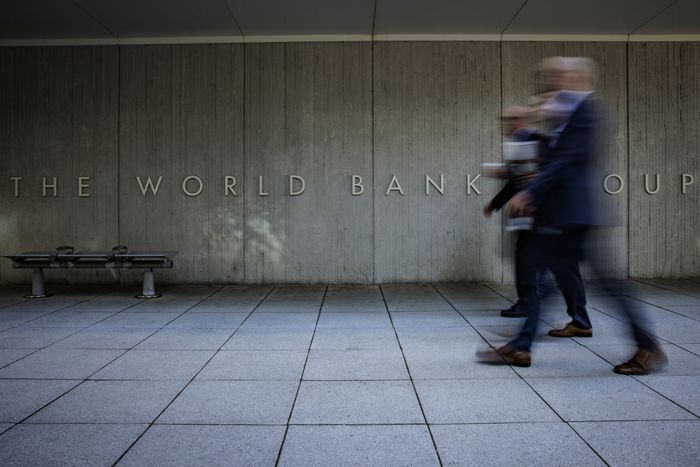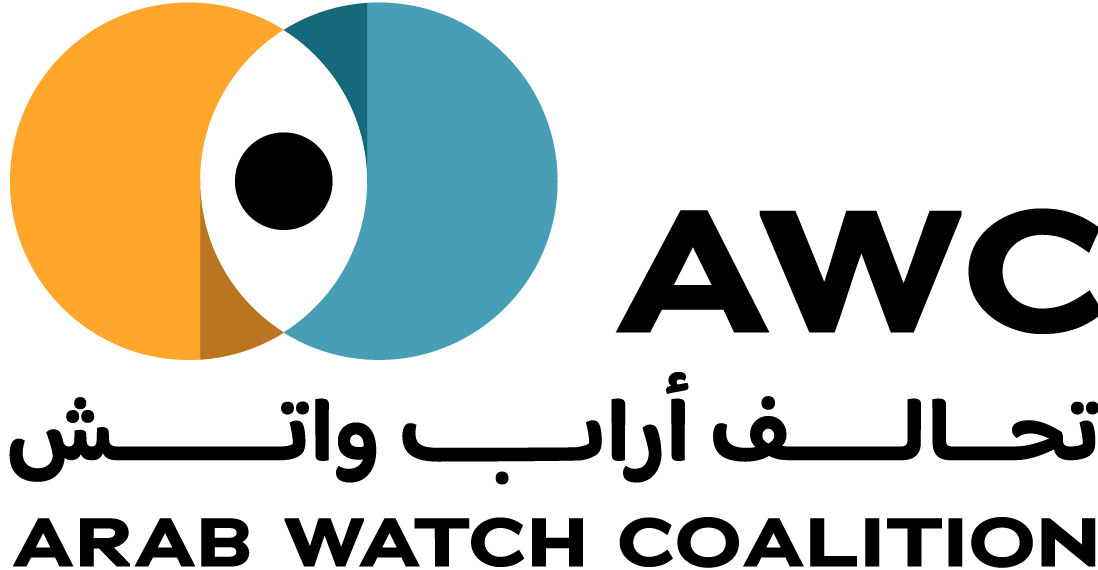The Evolution of the World Bank’s Independent Accountability Mechanism: From a Beacon for Accountability to a Confusing Structure

In 1993, under intense pressure from civil society, the World Bank established the Inspection Panel to address complaints from people who believe they may be adversely affected by the Bank’s funded operations. Despite the Bank’s earlier adoption- almost a decade earlier- of a set of do-no-harm policies to assess and mitigate environmental and social harms, evidence of non-compliance mounted, necessitating an independent body to determine if these failures were due to the failure of the Bank’s management to comply with these policies.
The Panel, composed of three globally recognized experts in the field, was hailed as a beacon of accountability, earning the trust of civil society worldwide. As the first-of-its-kind independent accountability mechanism (IAM), it inspired similar initiatives among other multilateral development banks (MDBs).
However, reforms introduced in 2018 and 2020, aimed at modernizing the Panel, inadvertently complicated the structure. To level up with the newer IAMs, the Board established a Dispute Resolution Service (DRS) tasked to facilitate the negotiation between the complainant and the agency implementing the project to resolve the issues raised by the complaints. Although the establishment of the DRS was hailed by civil society, the structure created to house both, this new service and the Inspection Panel, was confusing and raised concerns about conflicts of interest and eroded public confidence. The Bank developed a structure called “The Accountability Mechanism Secretariat (AMSec)” to head the Dispute Resolution Service and manage the Inspection Panel’s financial and human resources. While the Panel retained its independence in conducting its compliance work, its resources were placed under the AMSec control leading to confusion and mistrust.
A few months ago, the Board of Directors hired a team of three external experts to conduct an evaluation of the current structure and make some recommendations based on their findings. The Terms of References for the External Review Team (ERT) included, besides the specific areas that were subject to this review, soliciting inputs from civil society on their draft report and submitting them with the report to the Board for consideration.
In early July, the ERT posted its report and invited civil society groups to submit their inputs in writing by the end of July 2024. The ERT also organized three meetings for interested groups to present their report and discuss their findings and recommendations. The ERT also prepared a PowerPoint presentation to summarize its findings and recommendations. (click here to access the PowerPoint presentation in Arabic).
After studying the report and going through the different recommended options, AWC submitted written inputs to the ERT arguing that restoring the full independence of the Inspection Panel is especially important at a time when the Bank is evolving to its next chapter that promises a “Bigger and Better” Bank.
Click here to read the AWC’s submission in English
Click here to read the AWC’s submission in Arabic
